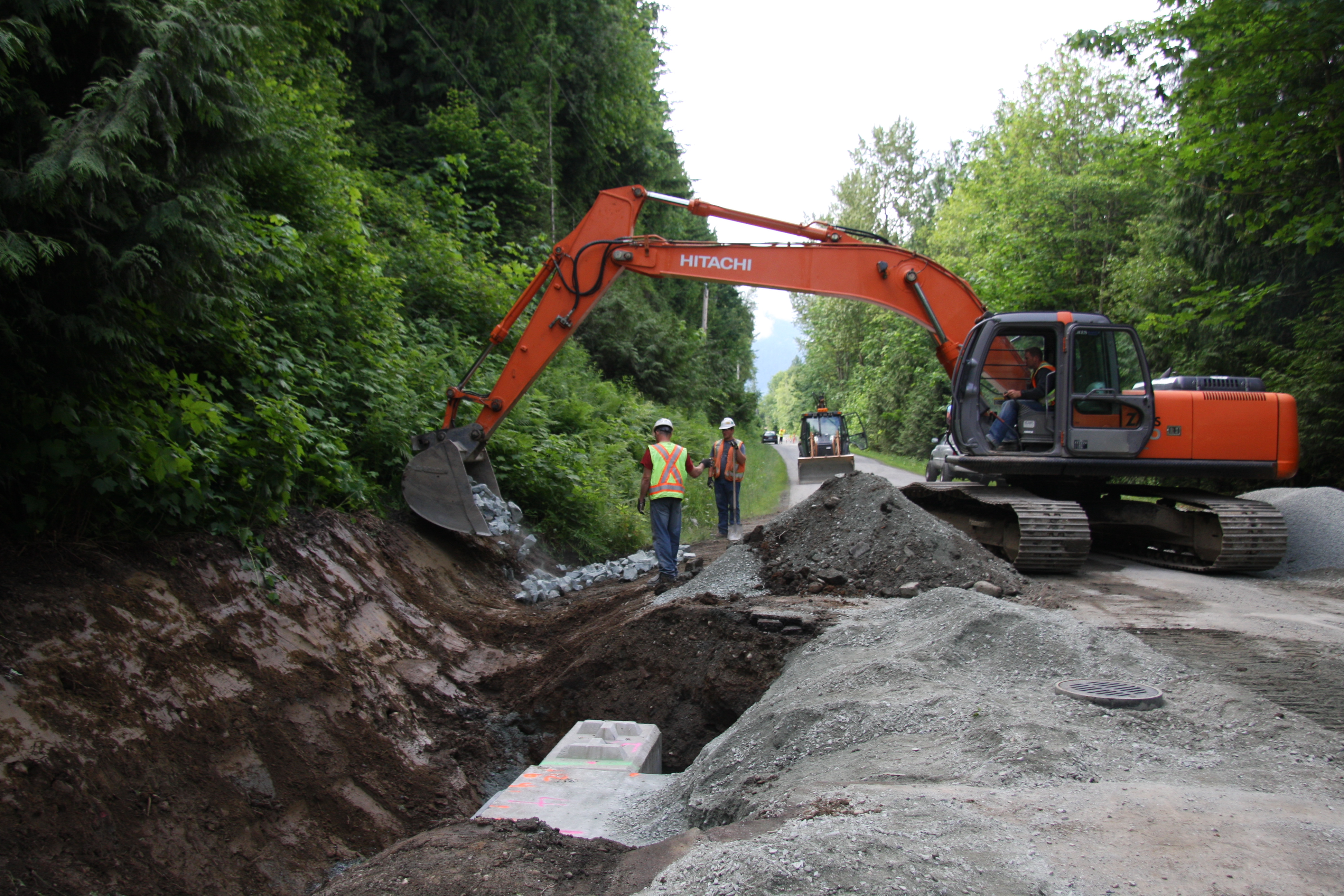Understanding Culvert Installation: Increase Your Land Drainage Efforts
Effective land water drainage is a vital element of successful agricultural and infrastructure projects. Culverts play a considerable duty in handling water flow and stopping erosion, making their correct setup vital. From choosing the appropriate materials to executing best methods, understanding culvert setup can substantially boost the effectiveness and longevity of your land drain system. By understanding the intricacies of culvert installment, you can maximize your water drainage efforts and make sure lasting land use methods.
Value of Culvert Setup
Making certain correct culvert setup is extremely important for keeping efficient land drain systems. Appropriate installment of culverts assists to carry water away from roads and structures, lowering the risk of flooding and water damages.
Appropriate Sizing and Placement

Appropriate positioning of culverts is similarly essential. Culverts must be placed at the most affordable point of the location calling for drain to ensure effective water circulation.
Product Selection Tips
Picking the right materials is paramount in guaranteeing the sturdiness and performance of culverts for reliable land drainage systems. When selecting materials for culvert installment, it is critical to think about elements such as the water circulation rate, soil make-up, and ecological conditions of the site.
Among the most usual materials used for culverts is corrugated metal (Tree removal). Corrugated steel culverts are sturdy, cost-effective, and very easy to set up. They are ideal for locations with high water flow rates and can withstand heavy tons. One more popular alternative is concrete culverts, which use outstanding toughness and long life. Concrete culverts are optimal for areas prone to deterioration or when a longer life span is preferred.
For environmentally sensitive locations, plastic culverts may be favored. Furthermore, in locations where you could try these out all-natural looks are vital, materials like rock or wood can be utilized to build culverts that blend perfectly right into the surroundings.
Installment Techniques and Ideal Practices
Given the essential value of product selection in making certain the functionality and longevity of culverts, the installation strategies and ideal methods play a pivotal duty in the general success of land drainage systems. Proper setup is crucial to stopping concerns such as leaks, collapses, or blockages that can compromise the efficiency of the culvert.

During installment, treatment must be required to straighten the culvert appropriately and offer proper assistance to stop contortion. Backfilling should be done progressively and compacted in layers to stay clear of spaces and settlement. Proper compaction is important to prevent changing or sinking of the culvert gradually.

Upkeep and Long-Term Care
Implementing a comprehensive maintenance plan is vital for making sure the long life and reliable efficiency of culverts in land drainage systems. Clearing particles such as leaves, branches, and debris is vital to avoid blocking and preserve the flow ability of the culvert.
Regular upkeep jobs might include cleansing, fixing joints, enhancing inlet and outlet frameworks, and making certain appropriate incline and alignment of the culvert. Keeping in-depth records Related Site of upkeep activities, evaluations, and repair services is crucial for tracking the condition of the culvert over time and planning future upkeep demands.
Final Thought
Finally, understanding culvert setup is critical for reliable land drainage. Appropriate sizing, positioning, product selection, installation techniques, and upkeep are vital factors to think about. By following finest practices and executing long-lasting care strategies, landowners can improve their drainage initiatives and make certain the long life and functionality of their culverts. It is vital to focus on these elements to prevent water damage, erosion, and other expensive issues on the residential property.